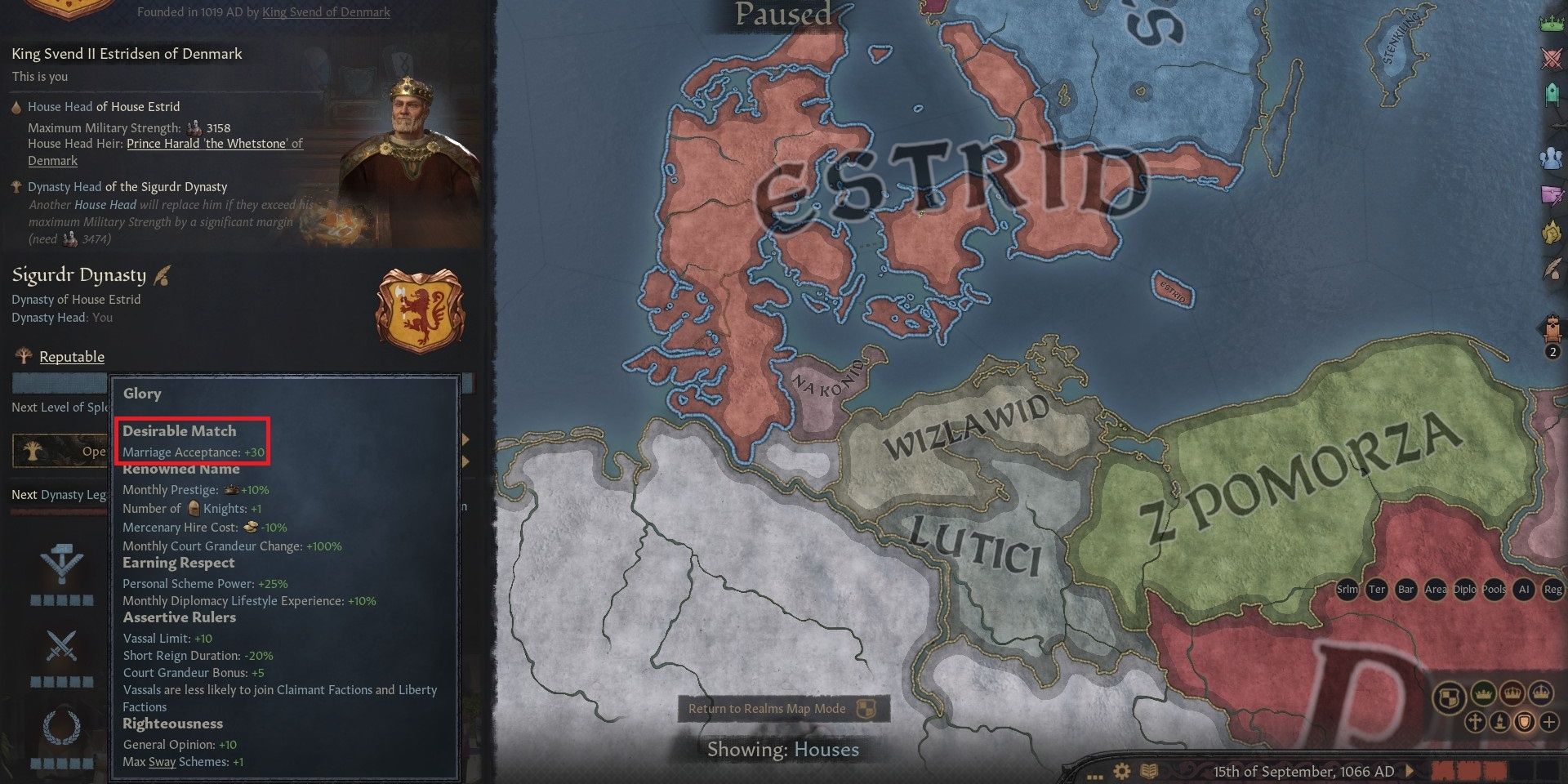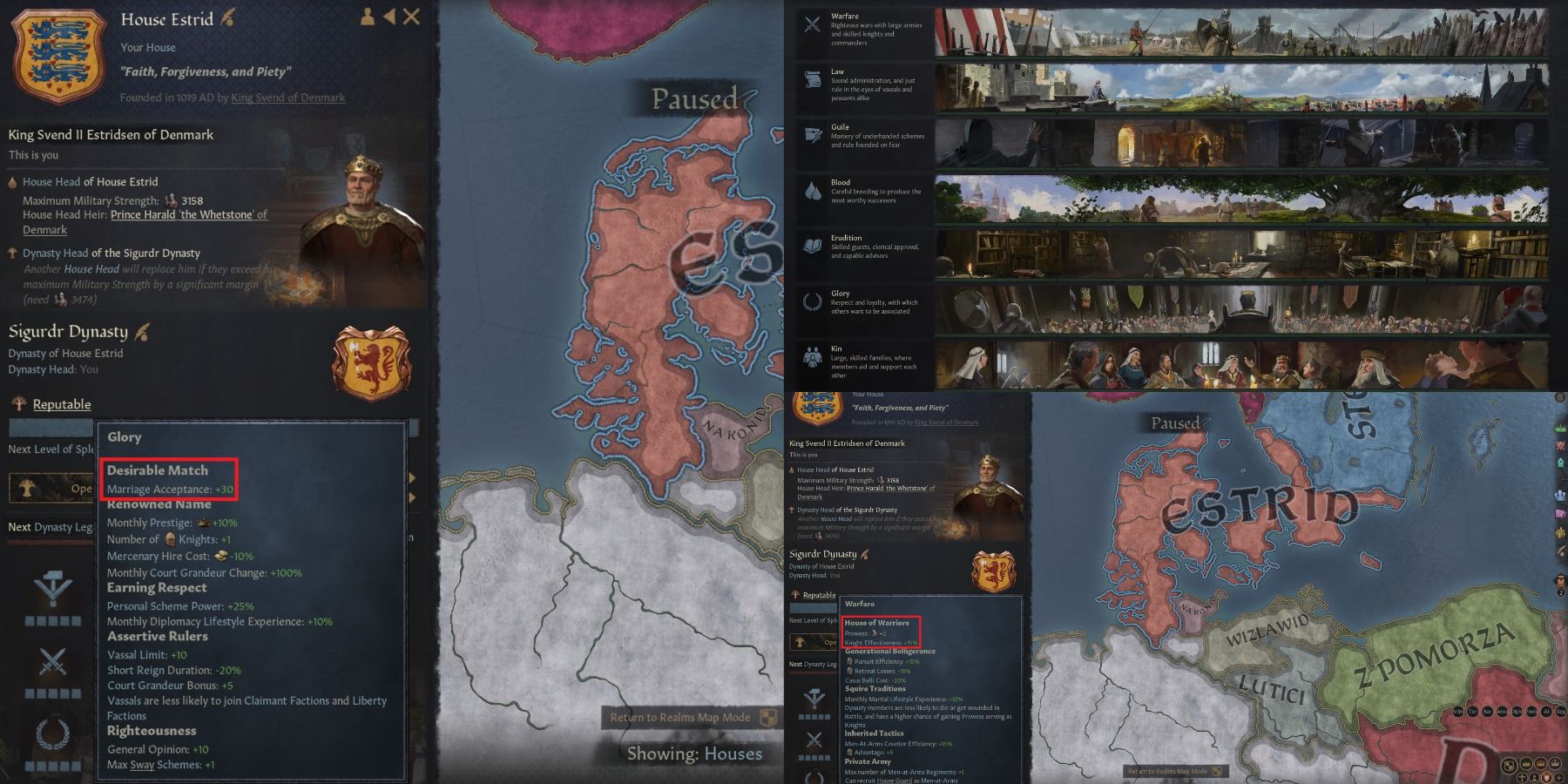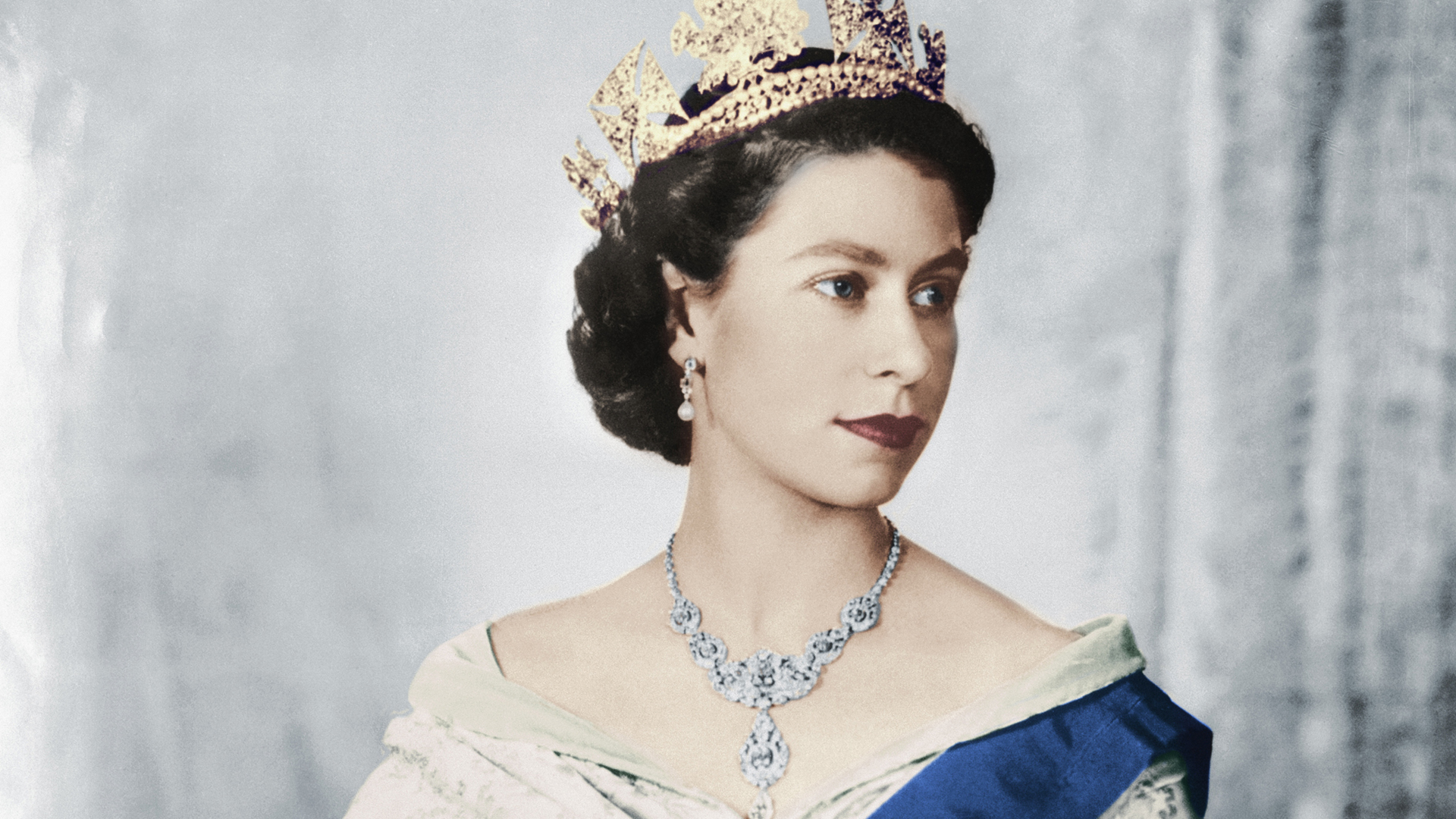
When we consider the vast and influential **Ottoman Empire**, one name frequently emerges as particularly significant: **Orhan**. Born in the year 1288, Orhan was the second ruler of the Ottoman dynasty, taking the reins of power after his father, **Osman I**, who was the founder of the empire. His reign, which spanned from 1324 to 1360, was a crucial period in the history of the Ottomans, as it marked the **beginning of their expansion into the Balkans**. This era was characterized by military conquests, strategic alliances, and the establishment of administrative structures that would support the growing empire. Orhan’s leadership not only solidified the foundations laid by his father but also set the stage for future generations of Ottoman rulers. His ability to navigate the complexities of regional politics and his vision for a burgeoning empire made his rule particularly noteworthy. Let’s delve deeper into the fascinating world of Orhan and explore the lasting impact of his leadership on the Ottoman Empire and its legacy.
Early Life and Ascension to Power

Who Was Orhan?
Orhan was born into a tumultuous era characterized by significant **political upheaval** and **military strife**. His father, Osman I, was the visionary founder of what would eventually evolve into a sprawling empire, laying the essential groundwork for future expansion. When Orhan ascended to power, he inherited not only a modest principality but also a fervent ambition to broaden its borders and influence. The question arises: how did he successfully transform this small territory into a thriving empire that would leave a lasting legacy? Orhan’s journey was marked by a series of strategic decisions and bold actions that propelled his realm into prominence.
The Transition from Osman to Orhan
Following the death of Osman I, Orhan swiftly took control and began to assert his authority over the principality. His leadership was characterized by a combination of **strategic alliances** and **military conquests**, which he skillfully orchestrated to strengthen his position. Recognizing the importance of a formidable military force, Orhan actively sought to attract **Ghazis**—warriors dedicated to the Islamic faith who were eager to engage in battles for religious and territorial expansion. This strategic move was vital in consolidating his power and expanding his influence, allowing him to lay the foundation for what would eventually become a significant empire. Through his adept governance and military prowess, Orhan set the stage for a new era of growth and prosperity.
Key Achievements During Orhan’s Reign

Conquests and Expansion
During the reign of Orhan, the Ottoman Empire experienced a remarkable period of military success and territorial expansion. One of the most significant milestones occurred in 1324 when he successfully captured the Byzantine town of Brusa, which would later be known as Bursa and serve as the first capital of the burgeoning Ottoman state. This victory marked the beginning of a series of strategic conquests that would greatly enhance the empire’s power and influence in the region. Over the subsequent years, Orhan continued to expand his dominion through a series of calculated military campaigns:
| Year | Location Captured | Significance |
|---|---|---|
| 1324 | Brusa (Bursa) | First major conquest, established a capital. |
| 1331 | Nicaea (İznik) | Strategic city, significant for trade. |
| 1337 | Nicomedia (İzmit) | Control over the Sea of Marmara. |
Alliances and Marriages
In 1346, Orhan forged a crucial alliance with John VI Cantacuzenus, who would later ascend to the Byzantine throne. This partnership was not merely a political maneuver; it also had personal implications. Orhan married Theodora, the daughter of John VI, thereby strengthening their alliance and creating a bond between the two powers. This strategic marriage allowed the Ottomans to extend their influence further into the Balkans, facilitating raids and military operations that would solidify their presence in the region. Through these alliances and conquests, Orhan laid the groundwork for the future expansion of the Ottoman Empire, setting the stage for its rise as a dominant force in both Europe and Asia.
Institutional Developments

Minting of Coins
One of the most notable achievements of Orhan was the introduction of **silver coin minting** in the year 1327. This initiative marked a pivotal moment in the development of a **stable economy** and the establishment of a centralized authority within the Ottoman Empire. The creation of a standardized currency not only facilitated trade and commerce but also symbolized the transition of the Ottomans from a loose confederation of warriors into a more organized and structured state. By minting their own coins, the Ottomans were able to assert their sovereignty and enhance their legitimacy in the eyes of both their subjects and neighboring powers. This move laid the groundwork for future economic policies and helped to solidify the empire’s financial foundation.
Military Reorganization
Orhan also understood the critical importance of having a **professional army** to ensure the empire’s security and expansion. Recognizing the limitations of relying solely on a temporary militia, he undertook a comprehensive reorganization of his military forces. This transformation involved creating a more permanent and disciplined military structure, which was essential for conducting long-term campaigns and effectively managing newly acquired territories. By establishing a professional army, Orhan not only improved the effectiveness of military operations but also fostered loyalty and cohesion among the troops. This strategic shift was crucial for the Ottomans as they sought to maintain control over their expanding realm and defend against external threats.
Architectural and Cultural Contributions

Building Projects
Orhan was not just a conqueror; he was also a builder. He constructed **mosques**, **medreses** (theological colleges), and **caravansaries** in the towns he captured. These structures were not only functional but also served as symbols of the **Ottoman identity**.
Bursa: The New Capital
Under Orhan’s rule, Bursa flourished as a major **Islamic center**. The city became a hub for trade, culture, and education. Orhan’s investments in infrastructure laid the groundwork for Bursa to become a significant player in the region.
Legacy of Orhan

Transformation of the Ottoman Principality
Orhan’s reign marked the transformation of the **Ottoman principality** into a formidable state. His strategic military campaigns, alliances, and institutional reforms set the stage for future rulers to expand the empire even further.
Influence on Future Generations
Orhan’s legacy lived on through his descendants. His son, **Murad I**, continued the expansionist policies, further solidifying the Ottoman Empire’s power in the Balkans. Orhan’s vision and leadership style influenced generations of Ottoman sultans.

In conclusion, Orhan’s reign was a turning point for the **Ottoman Empire**. His military conquests, strategic alliances, and cultural contributions laid the foundation for an empire that would last for centuries. So, the next time you hear about the Ottomans, remember the name Orhan. He was not just a ruler; he was a visionary who transformed a small principality into a powerful empire.
What do you think about Orhan’s strategies? Could they be applied in today’s world? Let’s discuss!

